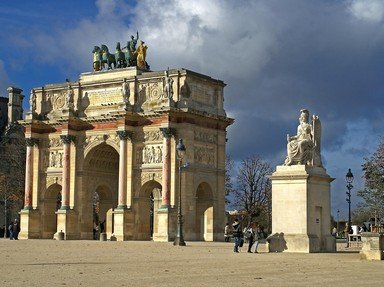Quiz Answer Key and Fun Facts
1. What percentage of the soldiers in the Allied armies in action against Napoleon in 1815 were German?
2. How many soldiers in Wellington's army were German?
3. Which of these was NOT one of the commanders of Wellingtons army?
4. At 6.30 p.m the French finally managed to take the important position of Hougoumont.
5. Where did the first French assault take place?
6. You may know the Prussian commander, Field Marshal Blücher. But do you know the name of his Chief of Staff?
7. One of the most famous parts of the battle was the charge of the British heavy cavalry against the French positions. Which units belonged to Ponsonby's famous brigade?
8. Which Prussian Corps was the first to arrive at the battlefield and attack the French right flank at Plancenoit?
9. Who was the deputy commander of Wellington's army?
10. The battle took place at the village of Waterloo.
11. When did the Battle of Waterloo take place?
12. Name the British general who was famous for wearing civilian clothes during the battle and died at Waterloo!
13. Napoleon ordered his famous Old Guard to recapture Plancenoit from the Prussians.
14. When finally defeated some formations of the French Old Guard made a last stand at La Belle Alliance. When asked to surrender the commander of the Old Guard General Cambronne is claimed to have answered simply "Merde". But who was the Allied officer who asked Cambronne to surrender?
15. What were the overall losses of Wellington's and Blücher's armies in the battles from 15th to 19th of June?
Source: Author
Pappy84
This quiz was reviewed by FunTrivia editor
bloomsby before going online.
Any errors found in FunTrivia content are routinely corrected through our feedback system.


